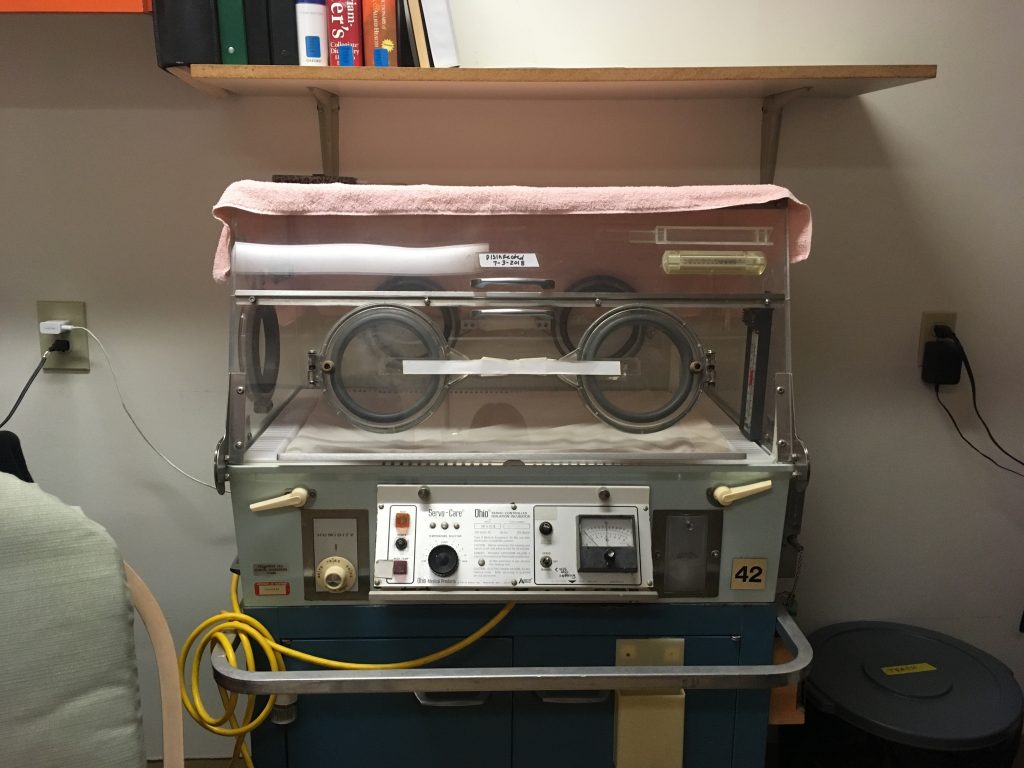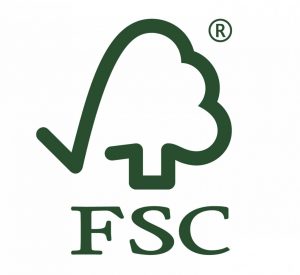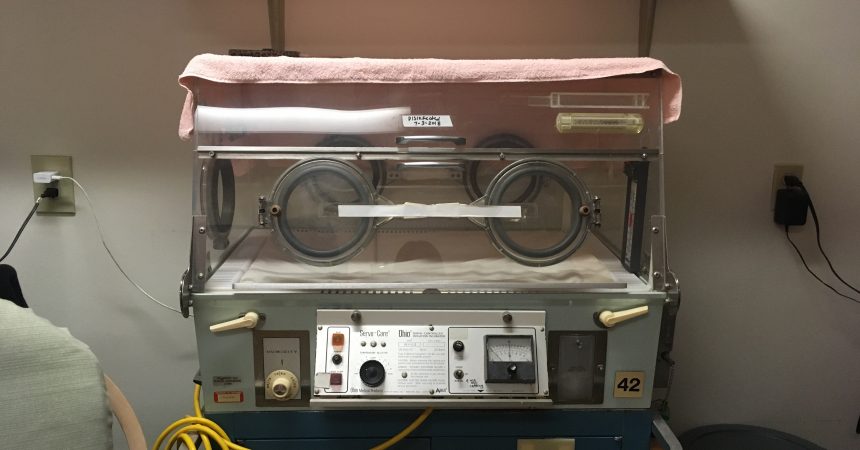Zoo InternQuest is a seven-week career exploration program for San Diego County high school juniors and seniors. Students have the unique opportunity to meet professionals working for the San Diego Zoo, Safari Park, and Institute for Conservation Research, learn about their jobs, and then blog about their experience online. Follow their adventure here on the Zoo’s website!
 If you have been a regular visitor to the San Diego Zoo over the past few years, there is a good chance you remember visiting the nursery in the Children’s Zoo. I remember swinging by as a child and hoping to catch a glimpse of a tiny furry face. If you’re a real old-timer you might even remember seeing a few little guys in fuzzy pajamas.
If you have been a regular visitor to the San Diego Zoo over the past few years, there is a good chance you remember visiting the nursery in the Children’s Zoo. I remember swinging by as a child and hoping to catch a glimpse of a tiny furry face. If you’re a real old-timer you might even remember seeing a few little guys in fuzzy pajamas.
Recently the “nursery” has been revamped and is now referred to as the Neonatal Assisted Care Unit (NACU). The NACU is an essential part of the Veterinary Services Department and specializes in caring for young mammals in need. All that being said, keepers of the NACU only intervene when there is a problem concerning a newborn mammal. These problems can include an injury or infection at birth, cases of maternal neglect/maternal death, or a situation simply requiring supplemental feeding. Keepers of the NACU, such as our presenter Kim Weibel, are responsible for saving the lives of countless little ones at the San Diego Zoo and even around the world.
While this sounds like any animal lovers dream, a less glamorous task at the NACU is tedious record keeping. Ms. Weibel and her coworkers have to keep track of every formula recipe, every weighing, every measuring, every temperature, every medication, every behavioral change, and every bit of everything. This is done in order to keep track of the NACU’s processes so that they are able to share them with other zoos and organizations. The San Diego Zoo’s NACU is often contacted for information on how to raise baby animals. More specifically, they are contacted for formula recipes, species-specific social dynamics and structures, and medical advice. Their extensive knowledge can even call them out of the country.
One of the more popular trips was the China to help aid in giant panda conservation efforts. Giant pandas are one of the rarest members of the bear species and are reliant on conservation efforts. In 2008, the International Union for Conservation of Nature determined there were less than 2,500 mature individuals in the entire species. The San Diego Zoo has dedicated a great deal of time studying the giant panda and logging information regarding length of gestation, intervals between births, litter size, infant development, maternal care, and the female’s reproductive life-span. Additionally, the NACU, along with partnering organizations in China, was able to help concoct the perfect formula for a baby panda, which was then shared with zoos throughout world. Ms. Weibel, and two of her coworkers, had the opportunity to travel to China in order to teach hand-rearing techniques to keepers throughout China. Raising a baby giant panda by hand is a common necessity in managed care. Giant pandas frequently give birth to twins, but generally fail to care for both babies. In this occasion, keepers would step in to help the mother by co-rearing both cubs. This involves regularly switching out the cubs to ensure both cubs receive care from their biological mother. When the cub is with a keeper, it will be given formula feedings. Thanks to all the hard work of facilities around the globe, the giant panda was taken off the endangered species list in 2016 and is currently listed as vulnerable.
The NACU is also involved in more local conservation efforts, such as the pronghorn project. Listed as critically endangered, the Baja California pronghorn, also referred to as the peninsular pronghorn, is currently one of the most endangered large mammals in all of Mexico. One of the main causes of their decreased numbers is habitat loss. Habitat loss is caused by overgrazed fields and deforestation. The American Association of Zoos and Aquariums actually determined that there are as few as 50-100 peninsular pronghorns existing in the wild. The majority of their population survives in captivity with 320 in a managed care facility in Mexico and the rest residing in various zoos throughout the world. The San Diego Zoo is working with the Mexican government to establish a recovery program within the El Vizcaino Biosphere Reserve. One of the major focuses of the program is establishing healthy breeding populations within zoos. The NACU was able to send members of their team to Mexico in order to aid in this process. The NACU’s experience regarding hand-raising techniques of hoofstock species has proven essential to this conservation project.
 Deforestation is the act of clearing a forest or large collection of trees. It is incredibly harmful to the environment and serves as a significant threat to millions of species worldwide including giant pandas and Baja California pronghorn. A simple way you can help minimize the impacts of deforestation is to buy products with the Forest Stewardship Council (FSC) logo! The FSC is a non-profit organization that goes to great lengths to protect forests all around the globe. All products with the FSC logo abide by their forest management standards. These regulations ensure the product you are purchasing, whether that be paper or furniture, was sustainably harvested and did not come from old-growth forests nor essential forest covers. Next time you have to make a few copies check for the logo and be a hero to animals everywhere!
Deforestation is the act of clearing a forest or large collection of trees. It is incredibly harmful to the environment and serves as a significant threat to millions of species worldwide including giant pandas and Baja California pronghorn. A simple way you can help minimize the impacts of deforestation is to buy products with the Forest Stewardship Council (FSC) logo! The FSC is a non-profit organization that goes to great lengths to protect forests all around the globe. All products with the FSC logo abide by their forest management standards. These regulations ensure the product you are purchasing, whether that be paper or furniture, was sustainably harvested and did not come from old-growth forests nor essential forest covers. Next time you have to make a few copies check for the logo and be a hero to animals everywhere!
Helena, Conservation Team
Week Three, Fall Session 2018


